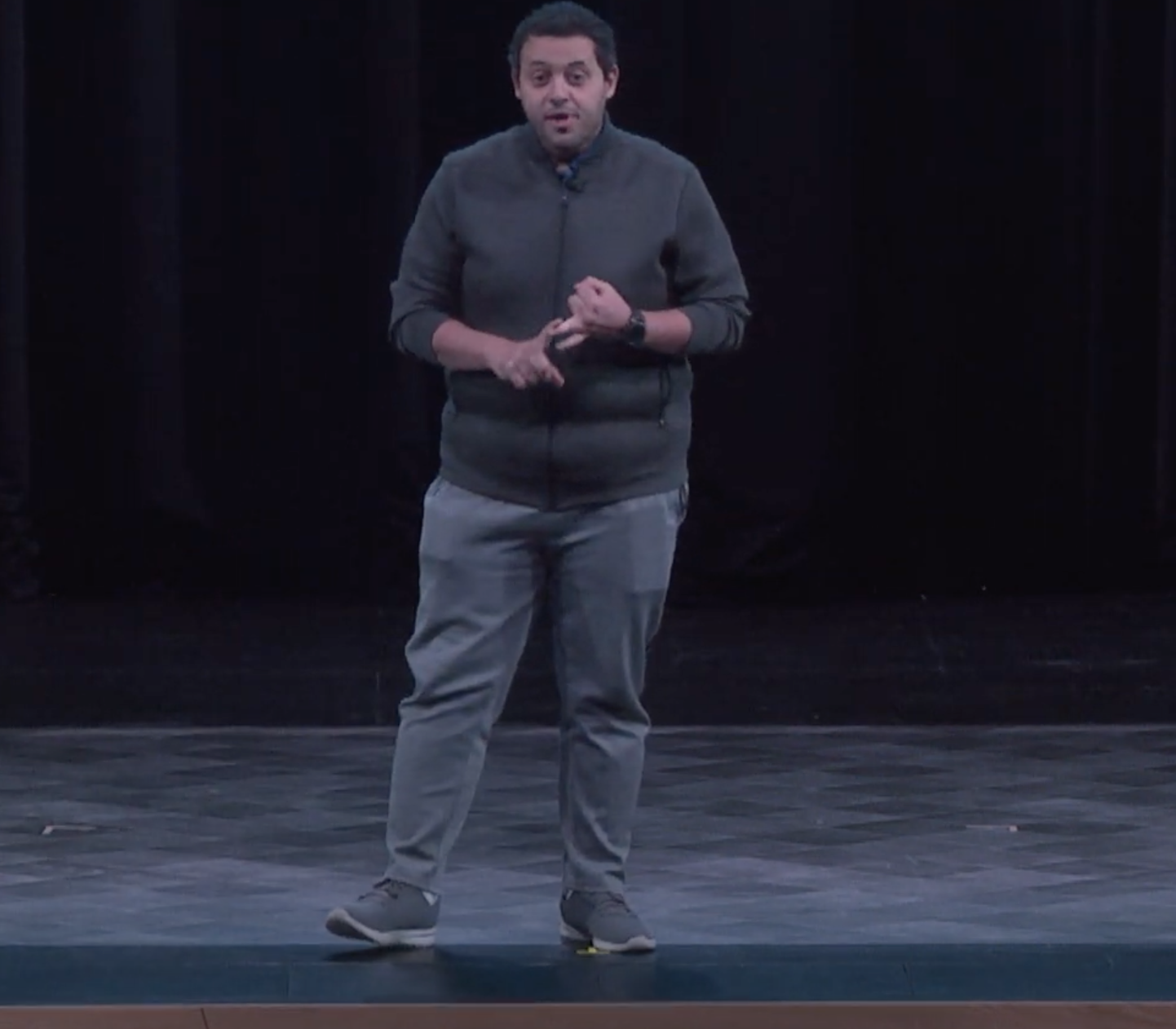Mostafa Mohammed: The future of programmed instruction for computer science students
The following story was written in May 2020 by Tayten Allison in ENGL 4824: Science Writing as part of a collaboration between the English department and the Center for Communicating Science.
Busy schedules and immense workloads often result in college students reading and memorizing information only to regurgitate it and forget it. Students easily become anxious anticipating future lessons and exams—and that anxiety can get in the way of them absorbing what they’re studying.
Virginia Tech Ph.D. student Mostafa Mohammed hopes to solve that problem. Dedicated to developing a program that aids students in the learning process, the computer science education and software engineering researcher wants to revolutionize the classroom setting for both teachers and students in the field of computer science.

“Instead of making students read a lot of text and exercise their solutions on paper, we will create an e-textbook in what is called programmed instruction,” Mohammed said.
Programmed instruction, Mohammed explained, is a method of presenting subject matter to students through graded, controlled steps. The technique was developed in the 1950s by American psychologist and behaviorist B.F. Skinner, who believed that learning could best be achieved if material was presented in smaller portions, with students moving at their own pace and with immediate feedback and reinforcement. The machine Skinner developed displayed small amounts of information at a time for students, who then were asked to answer questions about what they had read. They could not progress in the material until they had proven their mastery of each section, which reinforced their learning of it.
With a bachelor’s degree from Assiut University in Egypt and a master’s from Cairo University, both in computer science, Mohammed is well versed in the field as both a student and a teacher. He currently teaches the computer science theory course, CS4140: Formal Language, at Virginia Tech and has seen firsthand how difficult this course is for his students. He has heard the same from others who have taught it, including one of his own advisors. The challenges faced by students motivated him to develop a more accessible and straightforward way for the course to be taught.
“I used to teach this course for years in my country,” Mohammed said. “I know this course is troublesome for students. There are a lot of algorithms, and it requires a lot of understanding from students.”
He had to search for techniques from other fields that could be applied to computer science students.
“Most developed learning techniques are directed towards education rather than computer science,” said Mohammed. When he read about programmed instruction, he believed he had found the perfect study technique for students in computer science.
Students currently read, memorize, regurgitate, and repeat. Mohammed’s goal is to develop a program that presents information to students in a way that breaks down difficult subjects into digestible chunks. The programmed instruction would also allow instructors to develop a better picture of whole-class and individual understanding.
“You can think of programmed instruction as a one-on-one tutoring system,” Mohammed said. “By using this software, you know whether every step is correct or not.”
The questions in Mohammed’s programmed instruction e-textbook are either true/false or multiple choice. Each one must be answered correctly for a student to move on to the next. If the student answers a question incorrectly, he or she cannot progress even to the next page, which contains information about why the answer is correct. This process means that students who have problems answering questions will be able to review previous sections of information for further instruction as necessary. Thus, lessons are reinforced and become an integral part of the student’s learning experience.

“My book can allow students to be self-dependent and work by themselves without needing any instruction from the instructor,” Mohammed said.
Each page is called a frame. A single frame displays one question with possible answers. Each section in the chapter includes 15-20 frames designed to check for comprehension so that students are not overwhelmed by large amounts of textual information.
Mohammed has been working with a group of independent study students to experiment with the book and gather data through open source courseware such as OpenDSA. The data gathered includes information recorded by the e-textbook, such as how long a student takes to answer a question or how many times a student attempts a question before answering correctly.
“I have an army of students working as independent study students,” Mohammed said.
Unfortunately, the COVID-19 pandemic has caused Mohammed to miss working with the students in person. But much of his research can be done through machines and the internet, and he can work from home. Now, though, progress on the e-textbook is reflected strictly online. Mohammed records lectures and meets with students independently via video chat if they have questions.
Mohammed and the independent study students have been working to finish the e-textbook by the end of spring semester 2020, as he would like to test the book with Virginia Tech students in the Summer I session as a prototype and then make changes based on what he learns. His goal is for the e-textbook to be ready for Formal Language students to use in Fall 2020. If the course has to be taught online due to the pandemic, having the e-textbook ready for student use would be a big benefit.
In the field of education, programmed instruction e-textbooks have already proven to ease the burden of studying for students. Now Mohammed and his team hope their hard work developing an e-textbook will positively alter the future of studying for computer science students.


